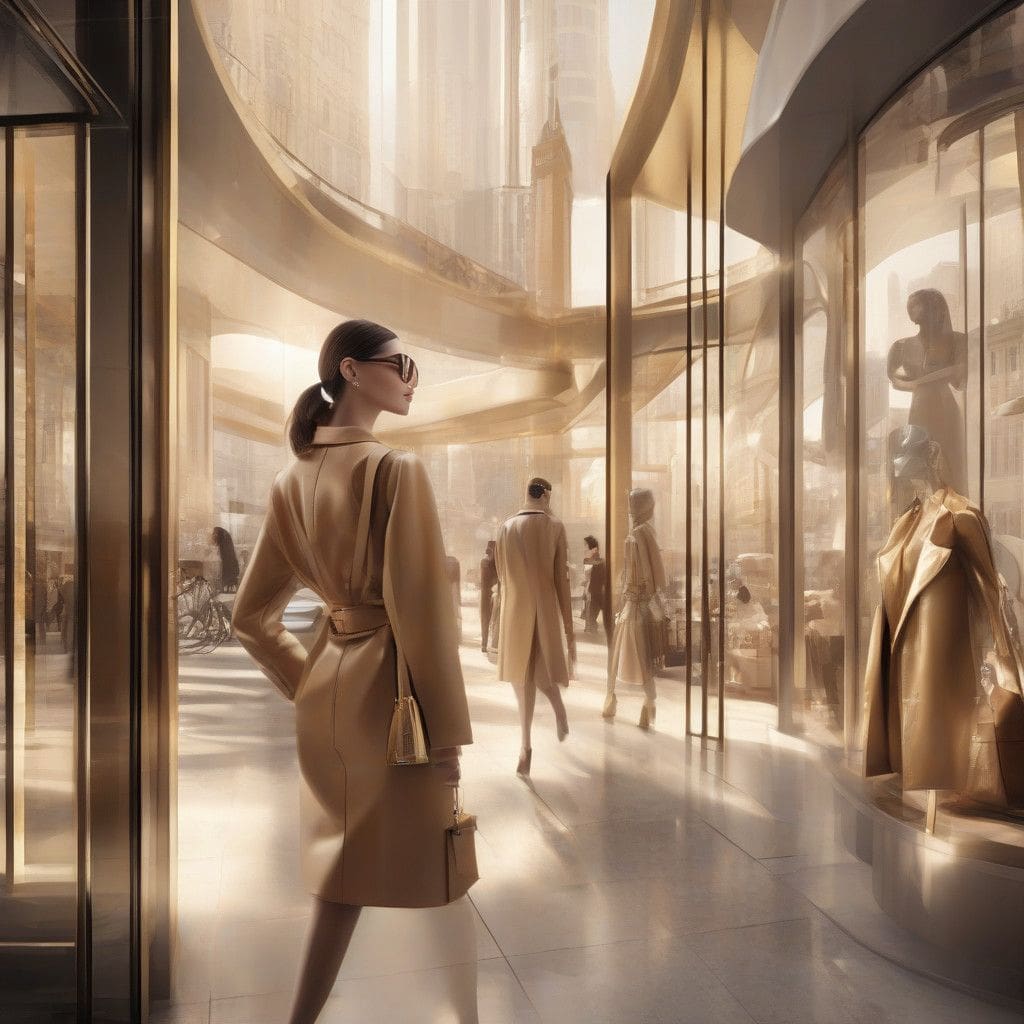Luxury sales are currently facing a challenging environment, leading some observers to wonder if the sector’s price-value equation is faltering. However, the reality is more nuanced. The perceived decline in luxury sales is often mistaken for a structural failure of the sector; instead, it primarily stems from macroeconomic fluctuations. Over the past 25 years, I have witnessed similar slowdowns, which are typically cyclical rather than indicative of deeper, systemic issues within luxury brands themselves.
To understand the current situation, it is vital to recognize the broader economic landscape. Central banks are actively implementing measures to cool down consumer demand, a transition that impacts various sectors, including luxury. As we analyze revenue growth across sectors, both discretionary and staples, it becomes clear that luxury is not exempt from these adjustments. Western demand is tapering off, and while there is a slight uptick in Chinese luxury consumption post-COVID due to lifted restrictions, this rebound is significantly restrained by low consumer confidence and economic uncertainties linked to a declining real estate market.
Interestingly, the slowdown tends to originate from lower tiers of the market. High-end consumers continue to exhibit spending resilience, suggesting that the luxury market’s fundamentals remain robust. The vital question then arises: what lies ahead? Will the current downturn persist, or are we on the cusp of a potential rebound? Factors such as interest rate changes and shifts in political leadership can precipitate economic recovery. Recently, the US Federal Reserve cut interest rates by 50 basis points, a move that could signal a positive shift in economic conditions.
Forecasting the trajectory of luxury sales, my analysis indicates that the current soft patch may be short-lived. By 2025, we could see a resurgence in demand with mid-single-digit sales growth projected in a base-case scenario. This outlook hinges on several pivotal drivers: inflation management, risks associated with the US economy, evolving Sino-American relations, and changes in Chinese economic policy.
Supporting this optimistic perspective are historical trends. Typically, when demand softens, it lasts between four to six quarters, after which recoveries tend to occur swiftly. If our predictions for 2024 are somewhat optimistic, 2025 presents an opportunity for the luxury goods industry. Comparatively, it will boast the most lenient benchmarks since 2017—excluding the unusual pandemic year of 2020, which could dramatically enhance growth figures.
While some luxury powerhouses may need to reassess their strategies, it is crucial to recognize that the core value of luxury remains intact. Companies like LVMH have a solid foundation but may need to pivot to align with current consumer expectations while managing price sensitivity and market dynamics.
In conclusion, while luxury is indeed experiencing a rough patch driven by macroeconomic influences, indications suggest that this downturn will not last indefinitely. By 2025, we can anticipate a return to growth, underpinned by favorable economic shifts and the enduring appeal of luxury.












